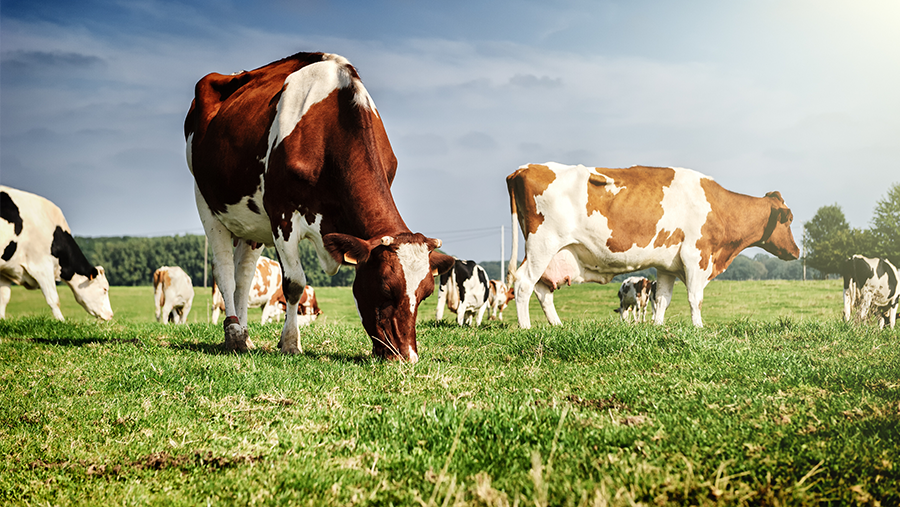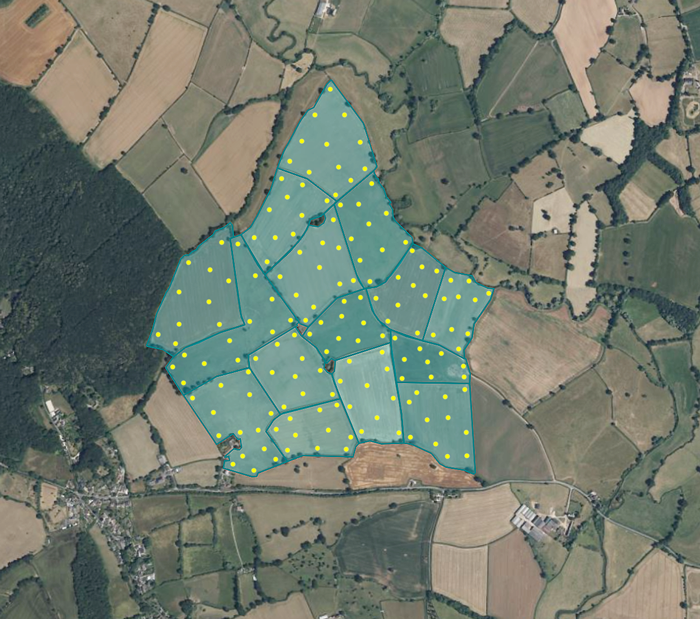Dairy farmers and the wider supply chain are under huge pressure to reduce their emissions and reach net zero targets.
But carbon accounting tools only capture half of the picture if they solely focus on emissions – and farmers have a hidden ally under their feet which is already delivering incredible benefits.
When you add soil carbon into the equation, farmers become part of the solution – not the problem. And some simple land management changes can yield significant benefits, including improved productivity and biodiversity, soil health, and carbon sequestration.
“There is a big opportunity directly under our feet,” says Dr Harry Kamilaris, senior business development consultant at Agricarbon.
“Farmers can go from reducing emissions to actually removing CO2 from the atmosphere. Soil has the potential to sequester billions of tonnes of CO2.”

Soil health plays an important role in food security – it enhances productivity and improves water and nutrient holding capacity, thus improving potential grass growth, he adds.
However, for the dairy supply chain to tap into the benefits of soil carbon, it’s vital to have an accurate and cost-effective way to measure what’s already there on which to build.
“There are two parts to this solution – understanding carbon stocks, and improving them,” says Dr Kamilaris. “What gets measured, gets managed, and we need robust and auditable data.”
Agricarbon has developed a robust system of soil sampling, analysis and reporting, which enables producers to measure and monitor their soil carbon stocks with incredible accuracy.
“We need to make it easier for farm businesses to report the good work they’re doing to meet net zero,” he explains. “It’s about the strength and quality of data – being able to prove what you’re doing.”

Work in Northern Ireland on the ARC Zero project used Agricarbon to baseline seven farms’ emissions and carbon stocks and found that some farms were already sequestering more than they were emitting.
“Farmers are custodians of much of the nation’s carbon, and that’s not recognised by customers, consumers, and others. It’s a key message that we need to get out,” says Delyth Lewis-Jones, head of environment at the AHDB.
One difficulty is the way that governments report against agreed international greenhouse gas reduction targets; farm emissions fall under agriculture, but the carbon sequestration in soils and trees falls under the ‘land use’ umbrella.
“This means that farming is often not recognised for its positive impacts,” says Ms Lewis-Jones. “Farmers are being asked to deliver multiple public goods on behalf of the nation – and soil carbon is a win-win for both profitability and efficiency.”
Some 80% of UK dairy farmers now know their carbon footprint, and the next steps are to reduce emissions and assess their sequestration and carbon storage, says Emma Gregson, environment manager at Dairy UK.
“Processors want to support their farms and are extremely engaged with the Dairy Roadmap (under which the whole supply chain has committed to reach net zero by 2050).

“Our role is to support the industry and show to government and the public that it’s going in the right direction.”
To find out more about how we can help your sustainable dairy strategy by measuring soil carbon, visit www.agricarbon.co.uk or alternatively, please email Agricarbon’s Dr. Harry Kamilaris (hkamilaris@agricarbon.co.uk)
About Agricarbon:
Agricarbon accurately and robustly measures soil carbon stocks at scale. The company provides cost-effective audits, based on direct sampling and automated analysis, which underpins carbon-buyer confidence in soil carbon sequestration.


